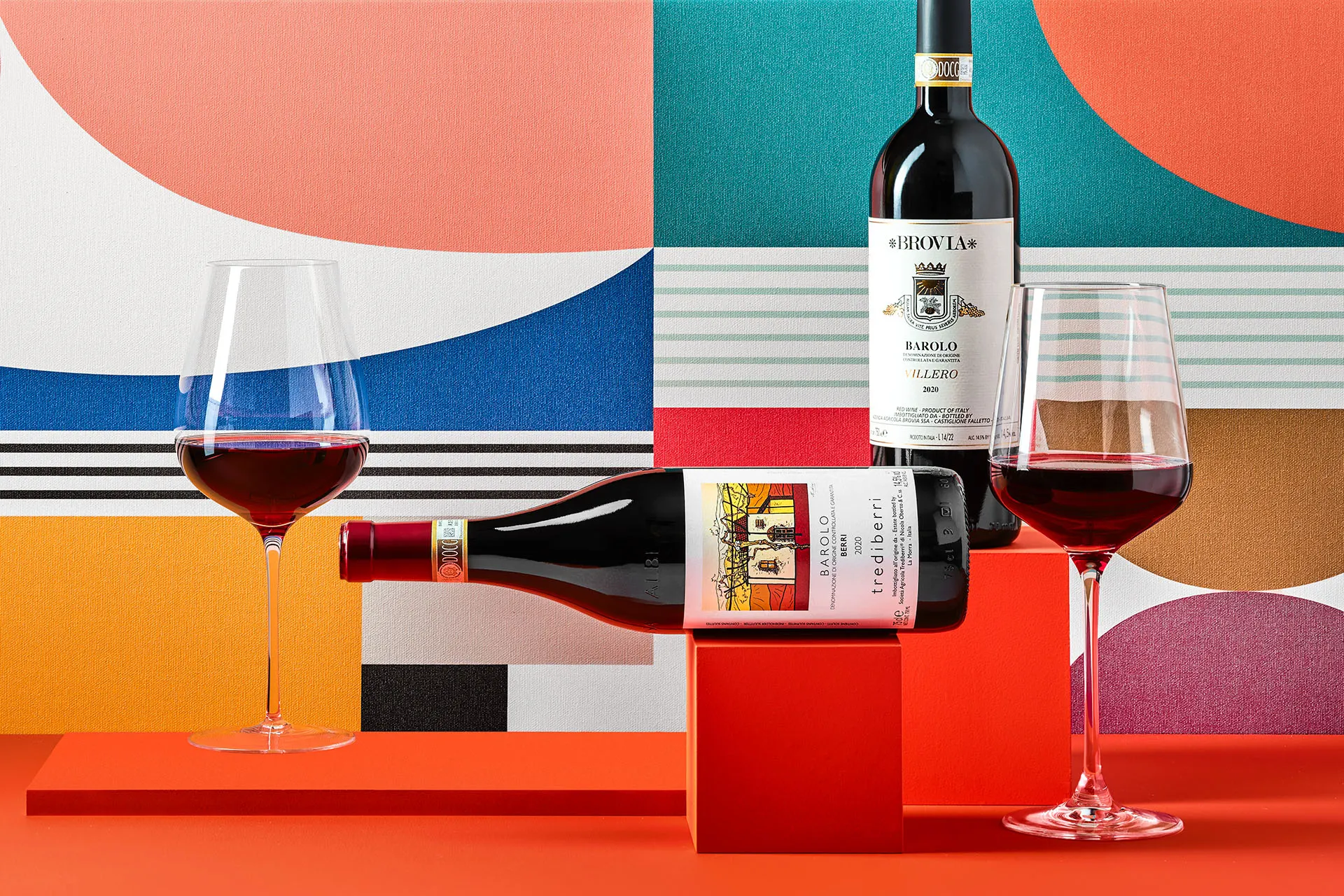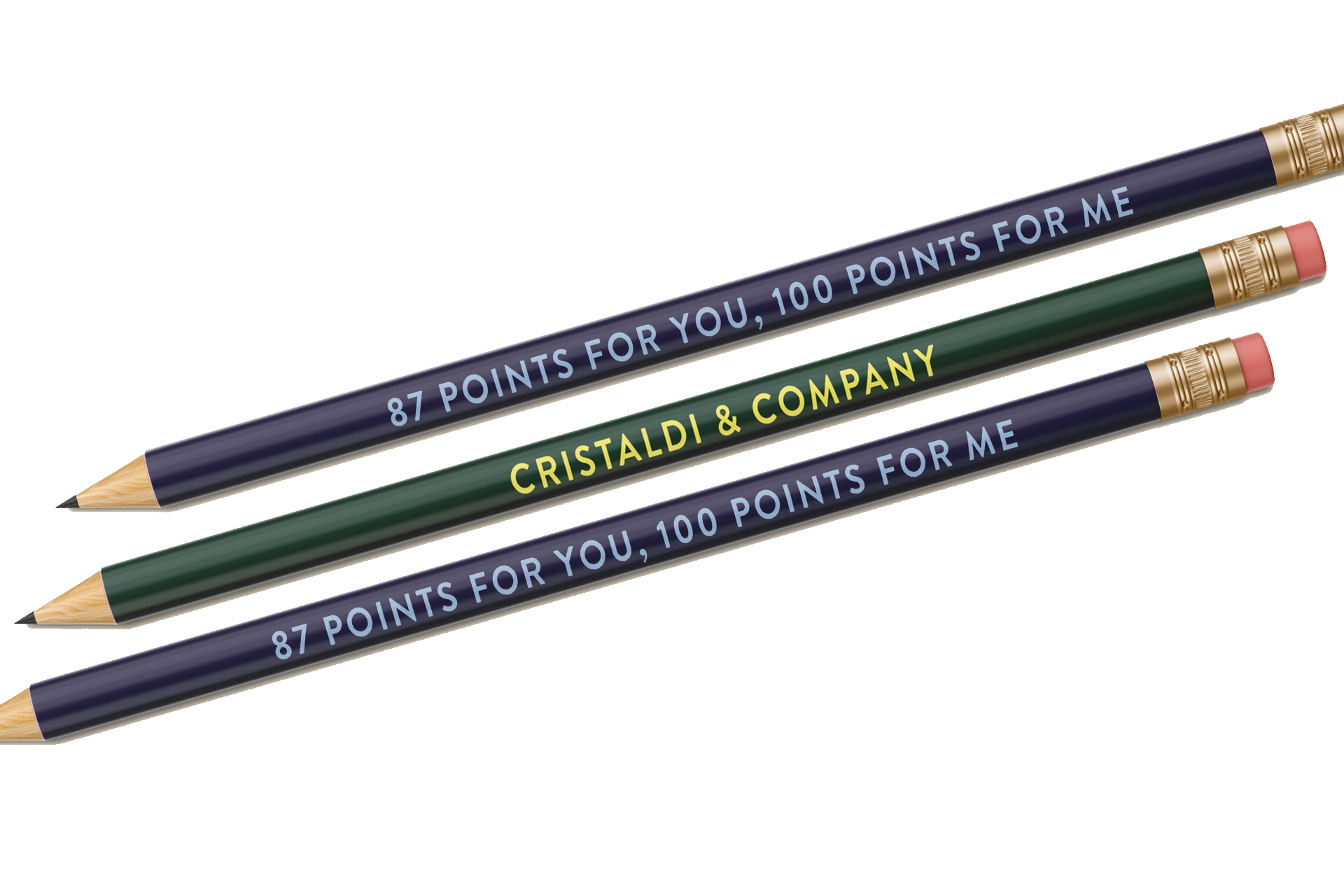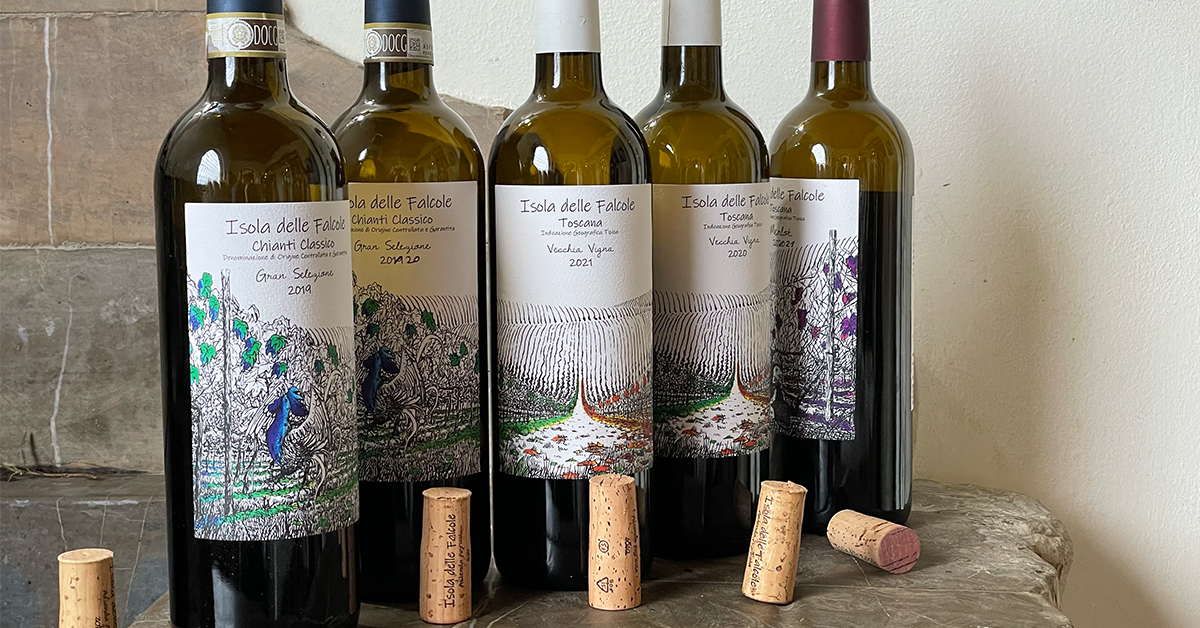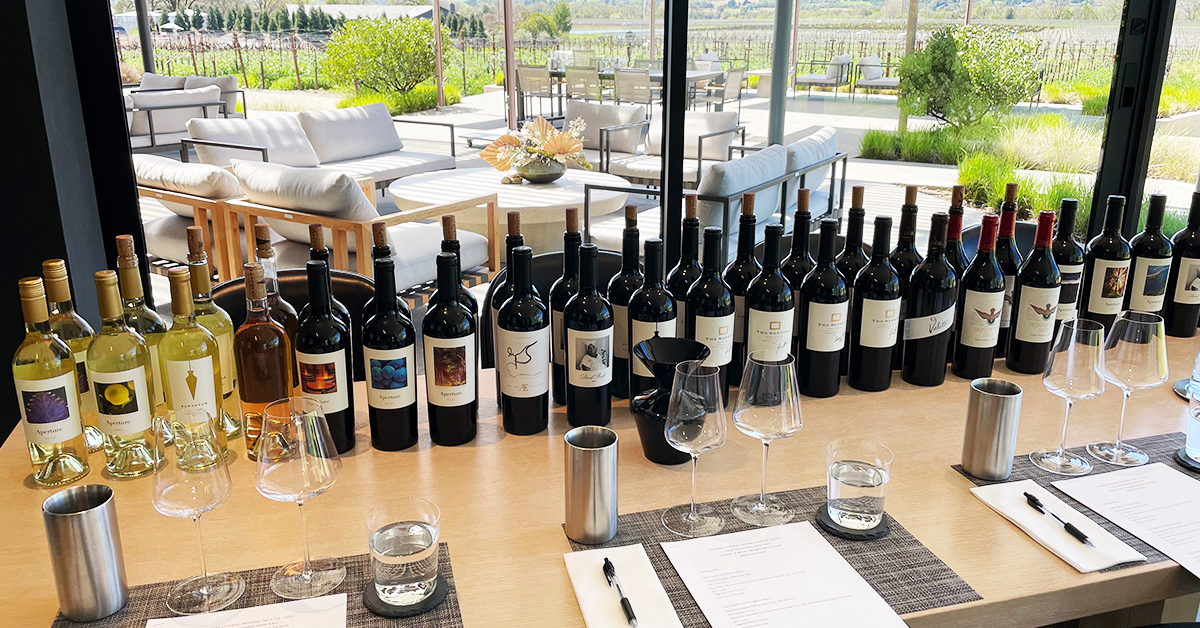For far too long we’ve been discussing Barolo in all the wrong ways. Dividing an entire wine region based upon the notion of “modern versus traditional,” a division introduced to simplify things for consumers, even if most of them were unfamiliar with what either term meant, has lost its significance and credibility over the past two decades.
Maybe 30 years ago these easy categorizations seemed a convenient label for wines from an obscure region, elusive to most where it was on the map, let alone what grape was in the bottle. Today, Barolo has ascended to global renown, and its wineries are venerated, with the region drawing tourists from every corner of the world in search of culinary and viticultural bounty. The producers of this dynamic region have transcended the limitations of blackand-white definitions, and it’s time we followed suit.
Once, the introduction of change to a region so rooted in the past was extremely challenging. As Chiara Boschis of E. Pira & Figli explains it, “It was a generational conflict. The story of Barolo had never changed, and we needed to change. It was a huge shock to the region. There was tension.” The shift occurred when more farmers became grower-producers and a new style of Barolo emerged. Suddenly Barolo, to the outside world, was a wine defined by winemaking practices, rather than terroir or grape. “There were two schools of thought: modern versus traditional.
There were many discussions and arguments among producers, journalists, sommeliers and consumers, but it opened the world market to Barolo,” recalls Elena Brovia, who owns the historic winery Brovia with her husband, winemaker Alex Sanchez. As these wines garnered more attention, there were unintended consequences. Some Barolo became unrecognizable, with producers crafting deeply colored, dense expressions that did not capture any of the qualities once prized in the wine. These “modern” Barolo gained international acclaim and fetched higher prices while more interest in the region developed. Matteo Ascheri, owner of Ascheri and the president of the Consorzio di Tutela Barolo Barbaresco Alba Langhe e Dogliani, saw that “for some it was pedal to the metal, creating wines that lacked in elegance and finesse. But without this pressure, we may not have had the evolution that we experienced. After years of evolution and challenging each other, we are now all seeking to highlight our home, our wine and our culture.”





